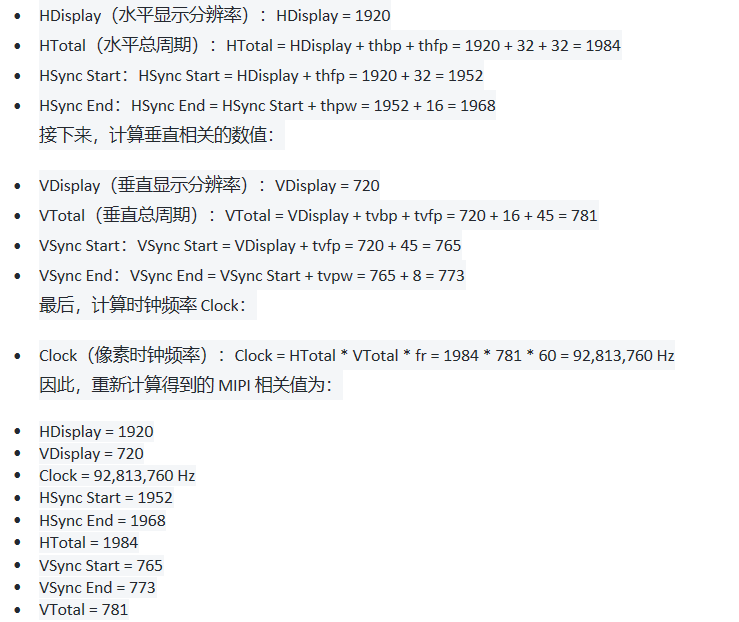227. 基本计算器 II(中等)

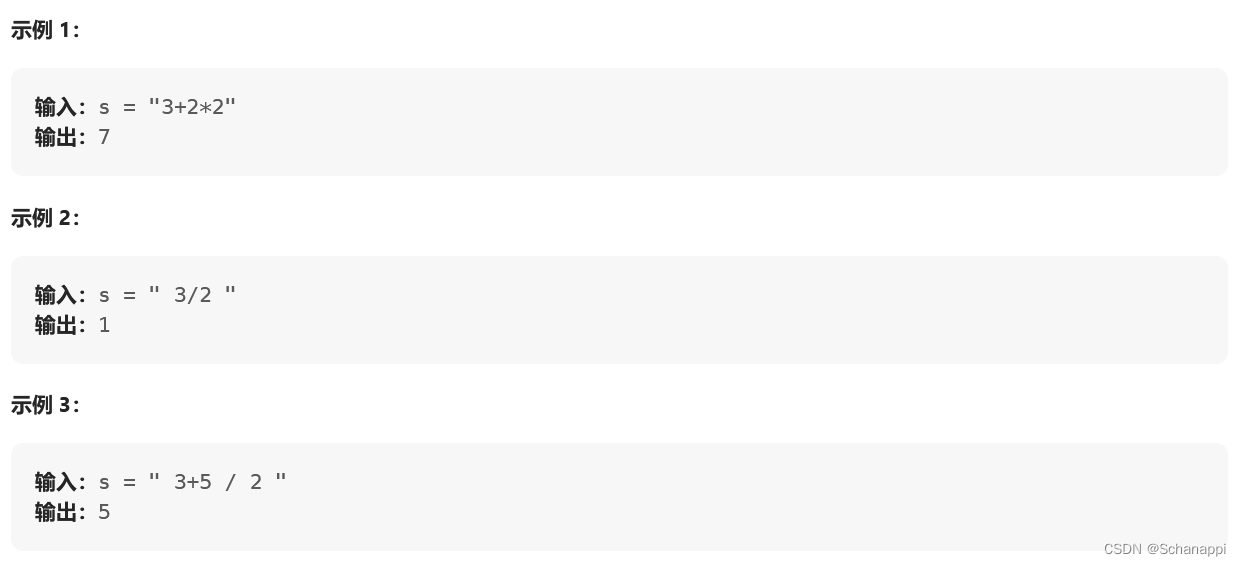

方法:双栈解法
思路
-
我们可以使用两个栈 nums 和 ops 。
- nums : 存放所有的数字
- ops :存放所有的数字以外的操作
-
然后从前往后做,对遍历到的字符做分情况讨论:
- 空格 : 跳过
- 数字 : 从当前位置开始继续往后取,将整一个连续数字整体取出,加入 nums
- +、-、*、/ : 需要将操作放入 ops 中。在放入之前先把栈内可以算的都算掉(只有「栈内运算符」比「当前运算符」优先级高/同等,才进行运算),使用现有的 nums 和 ops 进行计算,直到没有操作,计算结果放到 nums。
-
细节:可以通过 unordered_map 手动为运算符设置优先级,当遇到操作符号,如果栈内已经存在操作符,先比较它们的优先级,判断是否可以进行运算。
-
我们可以通过例子来理解 只有「栈内运算符」比「当前运算符」优先级高/同等,才进行运算 是什么意思:
-
因为我们是从前往后做的,假设我们当前已经扫描到 2 + 1 了(此时栈内的操作为 + )。
-
如果后面出现的 + 2 或者 - 1 的话,满足「栈内运算符」比「当前运算符」优先级高/同等,可以将 2 + 1 算掉,把结果放到 nums 中;
-
如果后面出现的是 * 2 或者 / 1 的话,不满足「栈内运算符」比「当前运算符」优先级高/同等,这时候不能计算 2 + 1。
-
代码
class Solution {
public:
void replace(string &s) {
int pos = s.find(" ");
while(pos != -1) {
s.replace(pos, 1, "");
pos = s.find(" ");
}
}
int calculate(string s) {
// 存放数字的栈
stack<int> nums;
// 存放符号的栈
stack<char> ops;
// 定义符号的优先级
unordered_map<char, int> imp_op = {
{'+', 1}, {'-', 1}, {'*', 2}, {'/', 2}
};
// 去除空格
replace(s);
// 开始遍历s
for(int i=0; i<s.size(); ++i) {
char c = s[i];
// 如果遇到数字,将其之后的连续数字取出并存入nums
if(isdigit(c)) {
int cur_num = 0;
int j = i;
while(isdigit(s[j]) && j<s.size()) {
cur_num = cur_num * 10 + (s[j++] - '0');
}
nums.push(cur_num);
i = j - 1;
}
// + - * /
else {
// 如果符号栈内有符号,需要先将可计算的算完
while(!ops.empty() && imp_op[ops.top()] >= imp_op[c]) {
calc(nums, ops);
}
ops.push(c);
}
}
while(!ops.empty()) calc(nums, ops);
return nums.top();
}
void calc(stack<int> &nums, stack<char> &ops) {
if(nums.size() < 2 || ops.empty()) return ;
int b = nums.top(); nums.pop();
int a = nums.top(); nums.pop();
char op = ops.top(); ops.pop();
int res;
if(op == '+') res = a + b;
else if(op == '-') res = a - b;
else if(op == '*') res = a * b;
else if(op == '/') res = a / b;
nums.push(res);
}
};
参考资料
- 【宫水三叶】使用「双栈」解决「究极表达式计算」问题
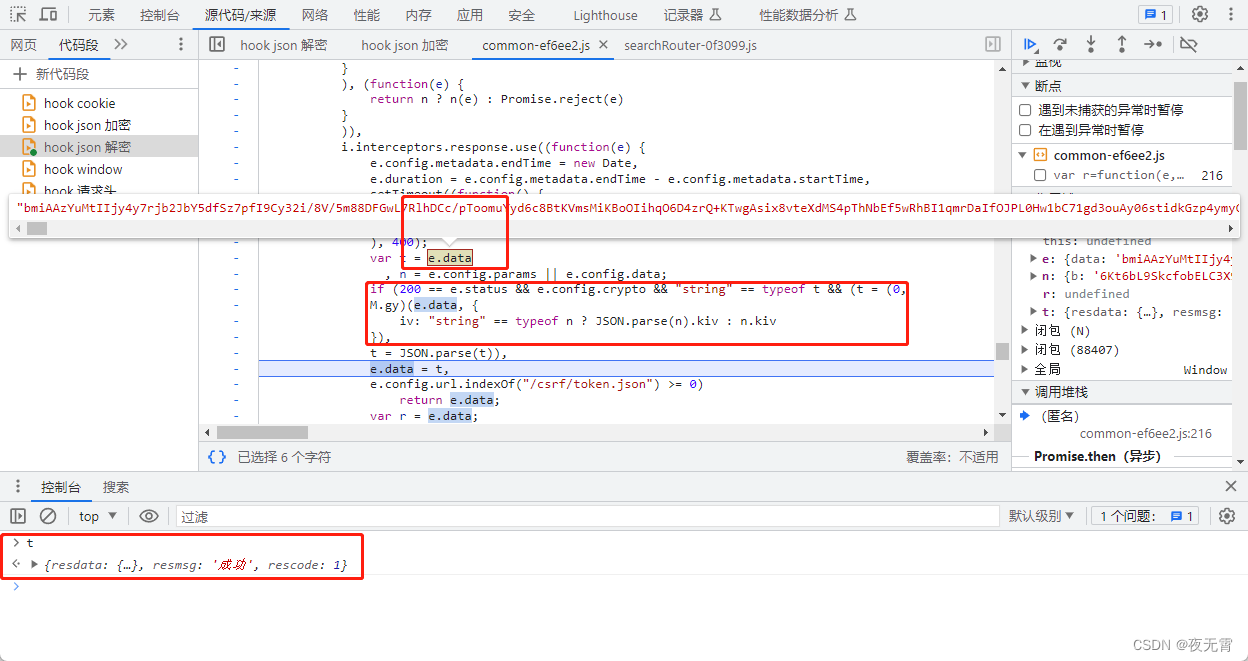


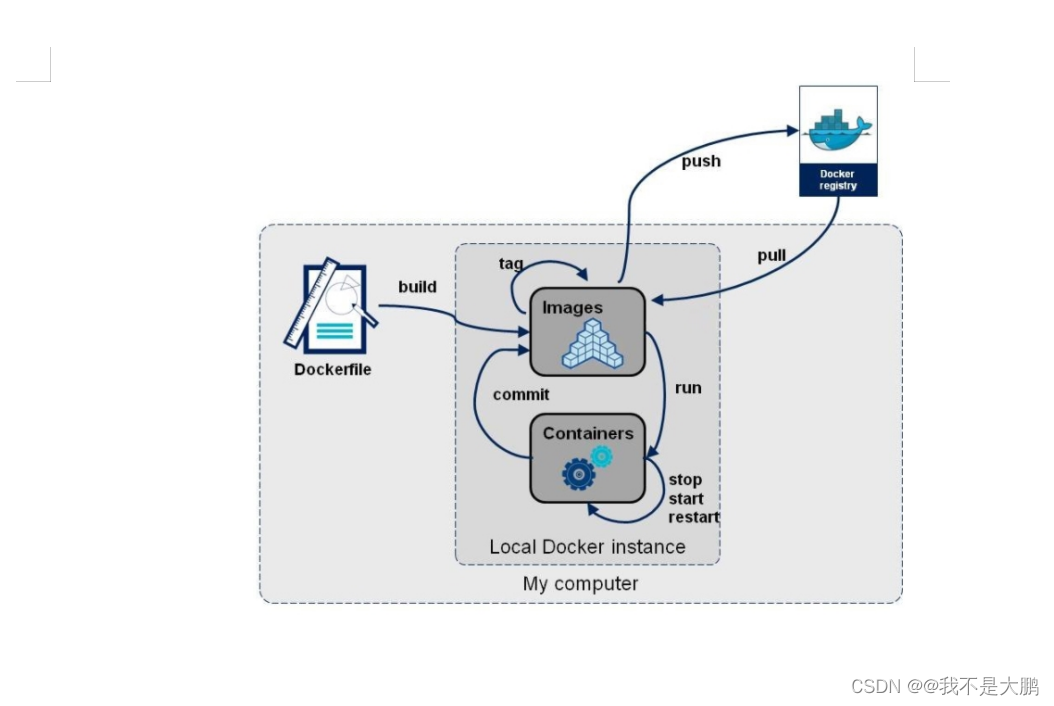






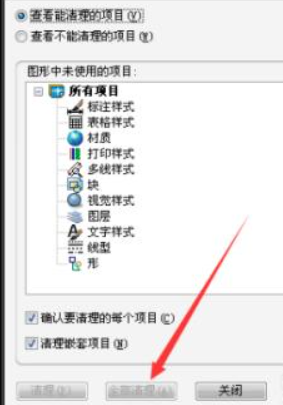
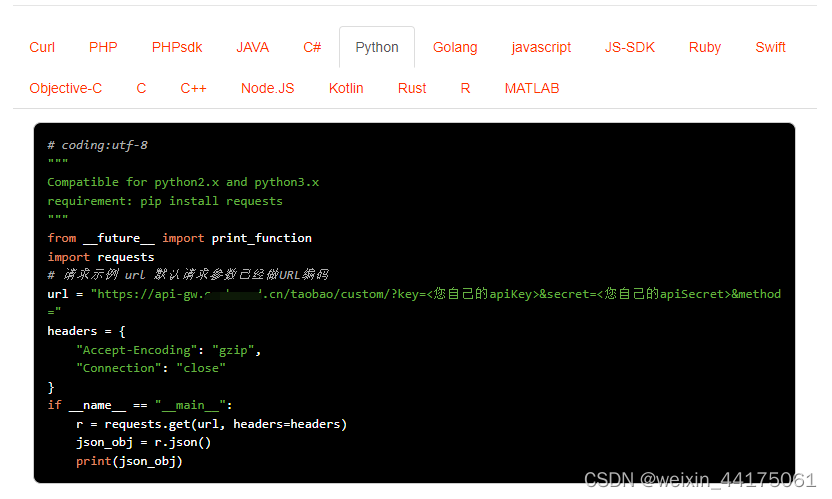

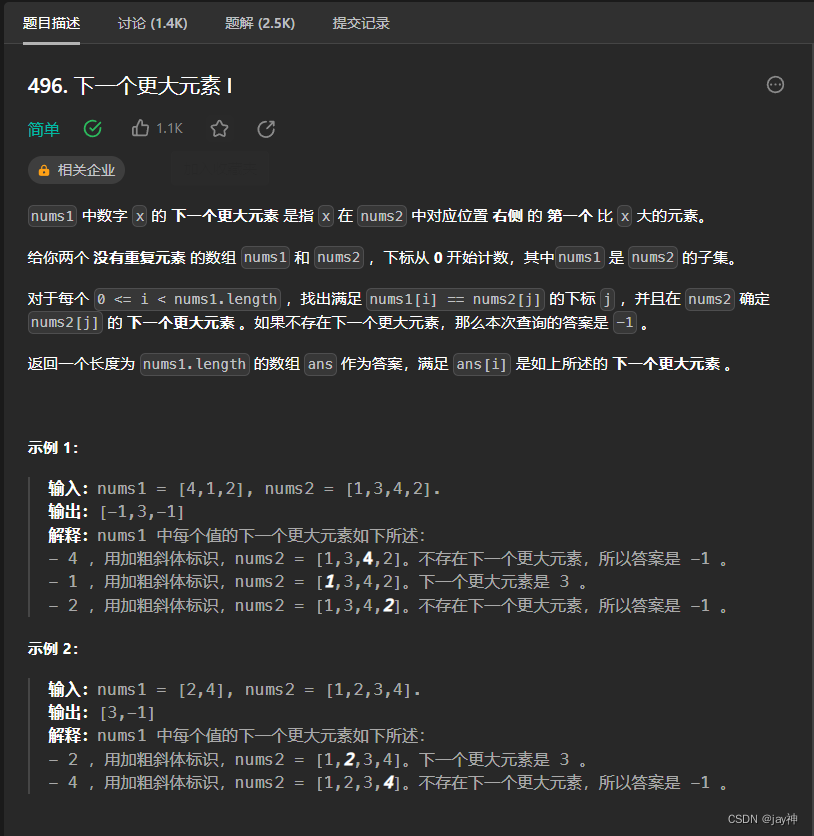

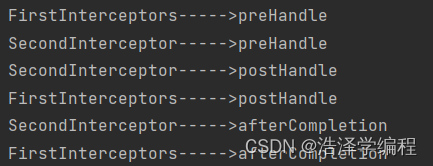
![数字化智能工厂信息化系统集成整合规划建设方案[150页word]](https://img-blog.csdnimg.cn/img_convert/6caf01f49afd4b73b48d40a949facb0d.jpeg)

